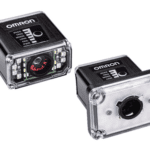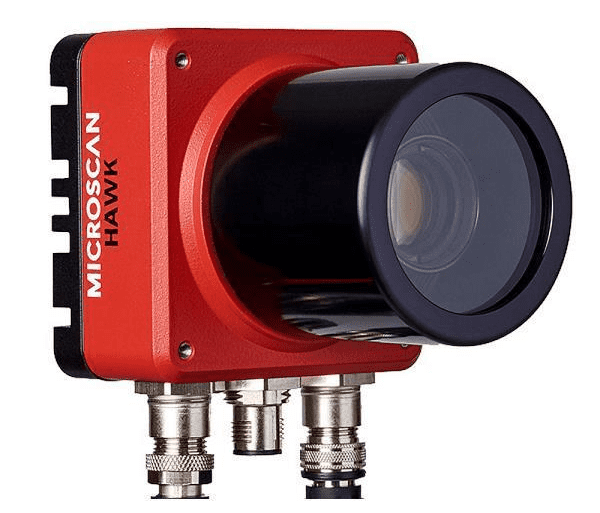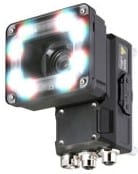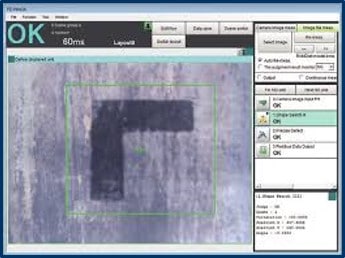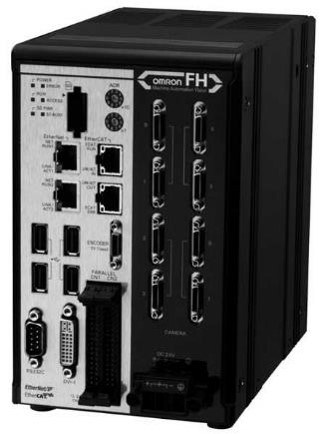MACHINE VISION APPLICATIONS- 3 LEVELS OF COMPLEXITY
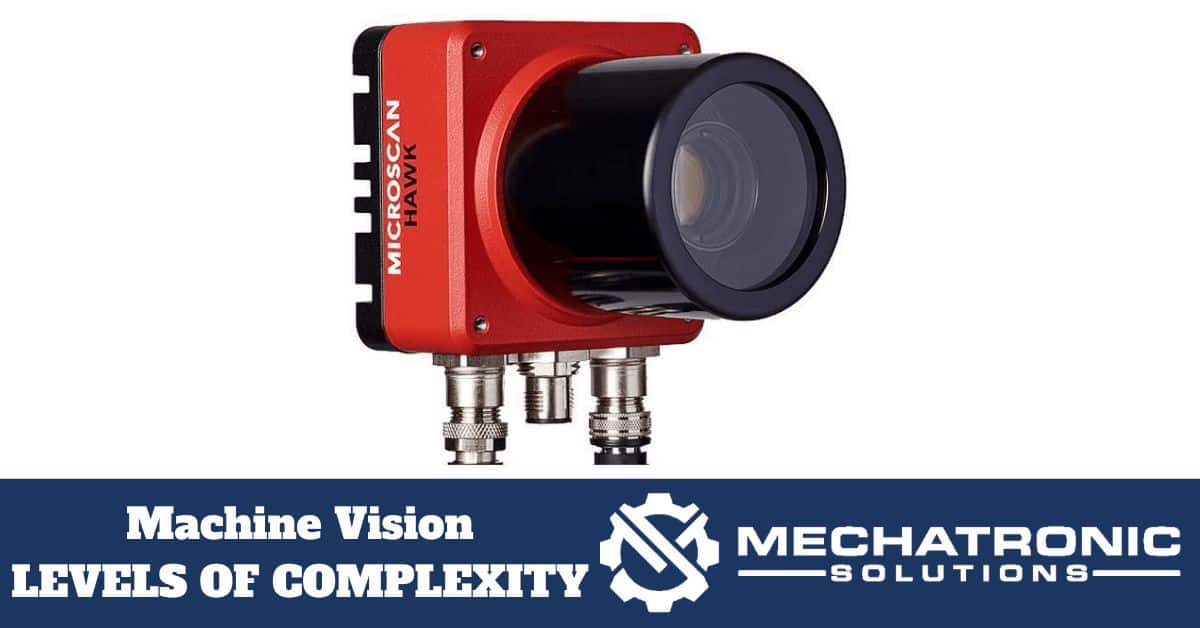
For simple applications, generally the parts are stationary, and the inspection speed isn’t critical. If we were to take 250ms versus 200ms to analyze an image it wouldn’t be a big deal. In more complex applications, that distinction could be critical but here it is not.
Another piece of criteria that defines a simple vision application is that there are no special optics or lensing requirements. We don’t have to take any distortion or other special circumstances into account. Most of the time, we are going to recommend an autofocus lens just to make it easier to set up.
Additionally, we might need 1-2 basic lights and may not even need a controller. We might just be able to control it with a relay, it’s just a really simple on or off.
And lastly, if we have a limited toolset, that’s alright. We’re doing something like a simple measurement, looking at a barcode, or doing simple character recognition. It’s not very in-depth and we don’t need to dig into 5 or 10 tools to get this done.
For a simple vision application, we normally look at just using a smart camera. For those unfamiliar with what a smart camera is, it is a machine vision camera that has a processor built into it. So, all of the tools and all of the pass/fail data is being processed onboard the camera.
PRODUCTS
PRODUCTS
MANUFACTURERS
AUTOMATION SOLUTIONS
INFO CENTER
ABOUT US
SCHEDULE A
DEMO
In moderate complexity vision applications, we might need faster inspection speeds, or we need to see something with small tolerances. In general, the smaller the tolerance you need to see the more complex it is, just because those can be tough to fixture, tough to light evenly, and the camera still needs to do the measurement accurately and repeatedly.
Here, we will need to be more careful about what we choose for optics and lensing. We will need to pick out a lens and might not be able to get away with using an autofocus anymore. We may need a telecentric lens if the tolerances are really small and we can’t have any distortion.
We will likely need 2 or more lights and a separate external controller to coordinate all the lighting, which may include different colors or multiple exposures for example.
At this point, we will also need an expanded toolset. We’ll need noise filters, background suppression, and other tools along those lines which won’t be available in a more limited toolset.
In moderate vision applications, this is where we can start going from a smart camera to a lightweight controller. Although, it really depends on the specifics of the application.
With a complex application, at this point we’re moving into taking an image from one side and an image from another side, and they both need to be considered for pass/fail. So, we would need to have multiple cameras and a dedicated controller just for the machine vision inspection.
In complex applications, our inspection speed will be fast, there will be small tolerances, and there might be moving parts. This is where we get back to where the difference between 250ms and 200ms would be a big deal and we need some more horsepower to get the processing done.
Additionally, multiple lights of different types, a ring light, a back light, and an external controller will be necessary to control all the lighting to make sure it’s not interfering with each other.
Lastly, a fully featured toolset (8-10 tools) with advanced options will be needed and we may need to rely on AI tools as well. We’ll need everything the controller has to offer to make the application successful.
